Newfoundlanders and Labradorians in Other Allied Forces
Although most enlistees from Newfoundland and Labrador joined the British Armed Forces during the Second World War, many also served with other Allied forces. Most notable was the Canadian military, which recruited 1,160 men From Newfoundland and Labrador. Many of these recruits had been living in Canada when the war broke out and decided to join its armed forces rather than fight in the British military.
Harold Lester Pittman of Random Island, for example, had been working in a coal mine at Sydney, Nova Scotia when the Canadian Army drafted him for service overseas. Although Pittman was under no obligation to enlist because he was not a Canadian citizen, he joined the army and served in the European theatre. However, while mining a bridge on 21 July 1944, Pittman died when the mine unexpectedly exploded.
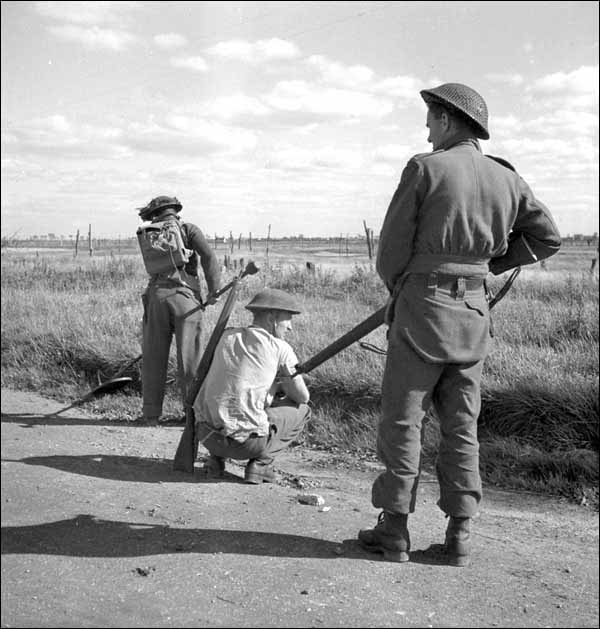
Similarly, some men from Newfoundland and Labrador working in the United States when war broke out served with the American Armed Forces. This was the case with Maxwell James Bryant, who moved from Hickman's Harbour to Boston in the 1920s and acquired an American citizenship. During the Second World War, Hickman joined the United States Air Force and fought in Burma (now Myanmar).
Although enlistees served in American and other Allied forces, determining their exact number is problematic as enlistment records only exist for Newfoundlanders and Labradorians in the British and Canadian Armed Forces. However, at least four of the country's recruits died while serving with other Allied forces.
Service in other forces created particularly special opportunities for women from Newfoundland and Labrador, who were unable to enlist for military service until May 1942, when the Royal Canadian Air Force Women's Division (RCAF-WD) sent a recruiting team to the island. Prior to this, women wishing to contribute to the war effort did so in a more conventional manner, as nurses, civilian workers, or volunteers with the Red Cross and other charitable organizations. By the end of the war, 524 Newfoundland and Labrador women had joined the Canadian military.
Women in the War
Although the National Defence Headquarters of Canada first investigated enlisting women in June 1940, it was not until the following summer that the RCAF created a Canadian Women's Auxiliary Air Force, which it renamed the RCAF-WD in the spring of 1942. By July 1942, the army and navy were also accepting women.
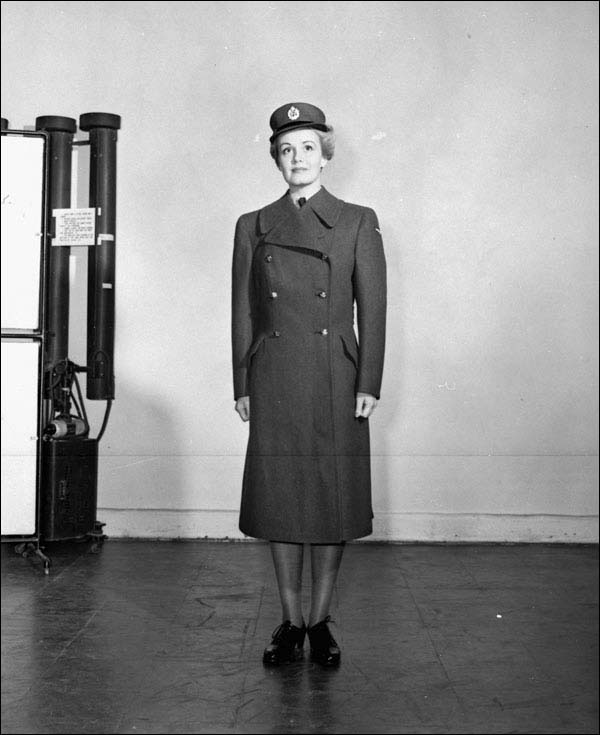
The Canadian military believed that by enlisting women for clerical and other noncombatant roles, it would make more of its male recruits available for service on the front lines. Reflecting this is the motto adopted by the Canadian women's services: "We Serve That Men May Fly; We Serve That Men May Fight; We Are the Women Behind the Men Behind the Guns."
While doing much to help bridge the gap in gender inequality, women who enlisted for military service faced considerable discrimination from both within and outside the forces. Servicewomen earned smaller salaries than their male counterparts, could not serve on the front lines, and only received allowances for dependent parents, brothers, and sisters, not for husbands. In the general public, meanwhile, a myth persisted that servicewomen were immoral, reckless, and frequently returned home pregnant and unmarried. Nonetheless, almost 50,000 women joined the Canadian Forces during the war, including many from Newfoundland and Labrador.
RCAF Women's Division
The first military organization to begin enlisting women in Newfoundland and Labrador was the RCAF-WD, which sent scouts to St. John's, Grand Falls, and Corner Brook in the spring of 1942. Recruiters accepted women between the ages of 21 and 49 who had a Grade 11 education (later lowered to Grade 8) and could pass a medical examination. Women could not apply if they were married and had dependent children, or worked in permanent positions within the civil service. By the end of the war, the RCAF-WD had enlisted 260 women from Newfoundland and Labrador – more than either the army or the navy.
The first draft of eight recruits departed for Ontario on 14 July 1942, and hundreds more soon followed suit. Most enlistees received basic training in Ottawa and then proceeded to Toronto for trade training. Initially, servicewomen with the RCAF-WD could work in one of nine trades – as clerks, stenographers, cooks, transport drivers, equipment assistants, fabric workers, hospital assistants, telephone operators, or in an administrative capacity. Before the war ended, the RCAF made 65 of its 102 trades available to female recruits.
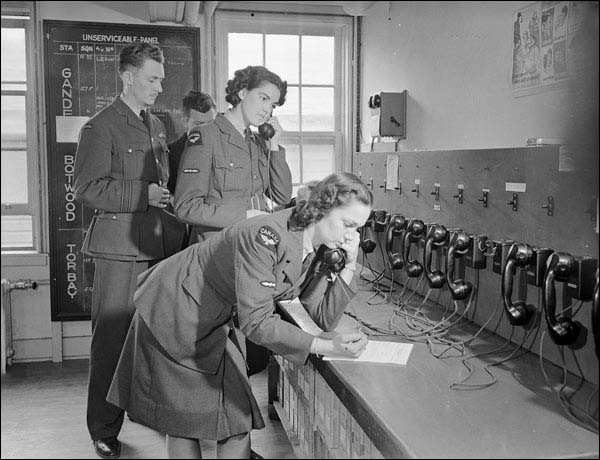
Ursula Sybil Loder of Random Island, for example, joined the RCAF-WD in July 1942 and studied meteorology in Toronto. From September 1942 until 24 March 1944, Loder worked as a Plotting Officer at the combined headquarters of the RCAF and Royal Canadian Navy in St. John's. There she marked the positions of aircraft, convoys, and torpedoed vessels on a large map of the Atlantic Ocean. RCAF pilots and Allied ships used this information to aid in navigation.
Following the war, the RCAF-WD discharged all servicewomen and dissolved on 31 December 1946.
Canadian Women's Army Corps
The Canadian Women's Army Corps (CWAC) began recruiting in Newfoundland and Labrador in the summer of 1943. The corps accepted British subjects between the ages of 21 and 55 who measured at least five feet tall, weighed no less than 105 pounds, had a high school education, were physically fit, and had no dependent children.
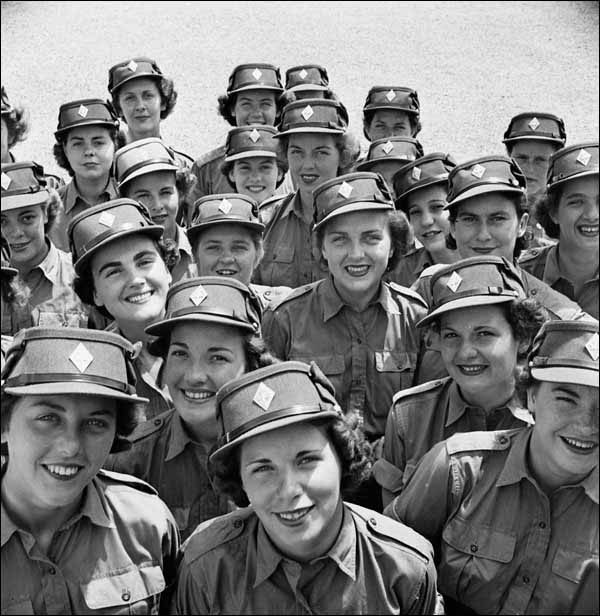
The first draft of 47 women departed St. John's in July 1943; before the war ended, another 143 had joined them. Most recruits attended pre-basic training in Halifax, Nova Scotia, where they received uniforms and submitted to medical and dental examinations. Following this, recruits completed a month of basic training in Kitchener, Ontario before specializing in various army trades. Although the majority of CWAC servicewomen worked in clerical roles, many also served as switchboard operators, lab technicians, dental assistants, military writers, photographers, mailroom workers, cooks, drivers, and laundry workers. By 1945, approximately 55 different army jobs were available to CWAC recruits.
Following the war, and despite the wishes of many women to remain in the military, the Canadian Armed Forces disbanded the CWAC on 30 September 1946.
Women's Royal Canadian Naval Service
The third branch of the Canadian Armed Forces to enlist women from Newfoundland and Labrador was the Women's Royal Canadian Naval Service (WRCNS). Recruiters arrived on the island in 1943, and by the end of the war had accepted 74 applicants, all between the ages of 18 and 45.
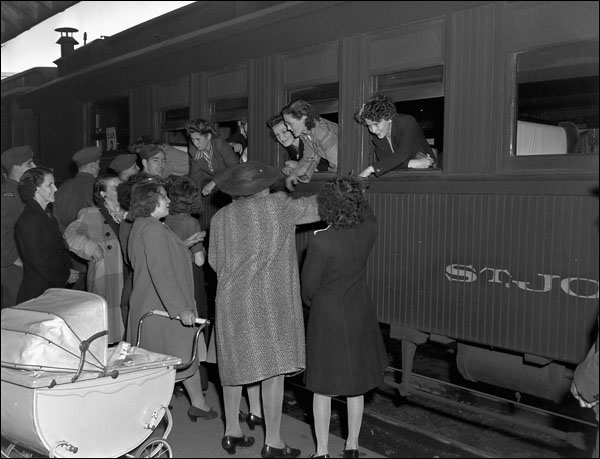
The WRCNS sent new recruits to Galt (now Cambridge), Ontario for basic training at the HMCS Conestoga, a brick building which formerly served as a rehabilitation school for girls. Officers, however, ordered all trainees to behave as though they were onboard a navy ship. During their four weeks of basic training, recruits practiced drill, learned naval customs, and performed other tasks. They then either assumed operational duties within the navy, or completed additional coursework to prepare for various trades. WRCNS recruits worked as coders, drivers, teletype operators, stenographers, postal clerks, stewards, cooks, messengers, laundry attendants, and in a variety of other noncombatant roles.
Following the war, the WRCNS discharged all recruits from military service and disbanded in the summer of 1946. It began accepting recruits again in 1951, during the Korean War.




